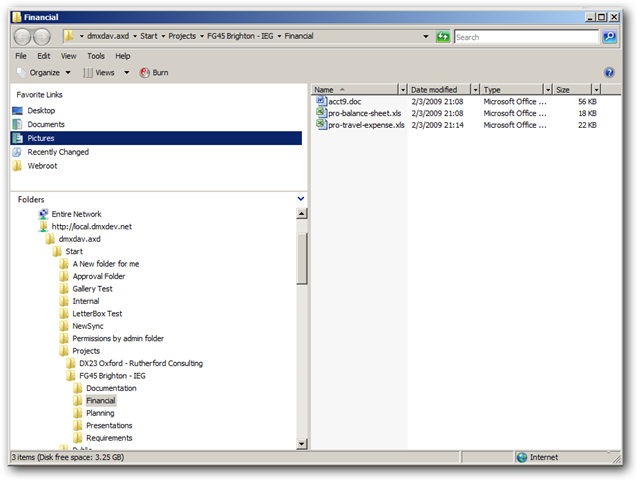

Clients can detect a weak ETag because it must begin with "W/ ". Two entities from the same URL with the same weak ETag should be mostly the same, whereas two entities from the same URL with the same strong ETag must be exactly the same. This is done by having the server provide ETags for all GET response bodies that can be cached, and the client sends the ETag back in requests for the same resource. It's useful for the client to be able to ask a Web server if an entity that the client previously cached is still up to date. An entity is the information transferred as the payload of a request or response. Appendix A.ETags identify a particular instance of an entity. Kruisselbrink, “ Service Workers 1”, W3C Working Draft WD-service-workers-1-20161011, October 2016. Russell, A., Song, J., Archibald, J., and M. Overell, “ Augmented BNF for Syntax Specifications: ABNF”, STD 68, RFC 5234, DOI 10.17487/RFC5234, January 2008.
Webdav client cache registration#
Mogul, “ Registration Procedures for Message Header Fields”, BCP 90, RFC 3864, DOI 10.17487/RFC3864, September 2004. Rescorla, E., “ The Transport Layer Security (TLS) Protocol Version 1.3”, Internet-Draft draft-ietf-tls-tls13-28 ( work in progress), March 2018. Informative References “ Cuckoo Filter: Practically Better Than Bloom”, n.d. Fielding, R., Ed., Nottingham, M., Ed., and J. Reschke, Ed., “ Hypertext Transfer Protocol (HTTP/1.1): Conditional Requests”, RFC 7232, DOI 10.17487/RFC7232, June 2014. Reschke, Ed., “ Hypertext Transfer Protocol (HTTP/1.1): Message Syntax and Routing”, RFC 7230, DOI 10.17487/RFC7230, June 2014. Hansen, “ US Secure Hash Algorithms (SHA and SHA-based HMAC and HKDF)”, RFC 6234, DOI 10.17487/RFC6234, May 2011. Masinter, “ Uniform Resource Identifier (URI): Generic Syntax”, STD 66, RFC 3986, DOI 10.17487/RFC3986, January 2005. Normative References Bradner, S., “ Key words for use in RFCs to Indicate Requirement Levels”, BCP 14, RFC 2119, DOI 10.17487/RFC2119, March 1997. Let fingerprint be the f bits starting at position_start.Ģ.1.3.Let h be Section 2.1.7 with h, dest_fingerprint and N as inputs.Let fingerprint be the value of bits, read as big endian.Subtract f * ( b - e) from position_start.If bits is all zeros, set bits to dest_fingerprint and terminate these steps.Let bits be f bits from digest_value starting at position_start.


The SETTINGS_ACCEPT_CACHE_DIGEST SETTINGS Parameter The SETTINGS_SENDING_CACHE_DIGEST SETTINGS Parameter
Webdav client cache code#
Code Components extracted from this document must include Revised BSD License text as described in Section 4.e of the Trust Legal Provisions and are provided without warranty as described in the Revised BSD License. Please review these documents carefully, as they describe your rights and restrictions with respect to this document. This document is subject to BCP 78 and the IETF Trust's Legal Provisions Relating to IETF Documents ( ) in effect on the date of publication of this document.


 0 kommentar(er)
0 kommentar(er)
